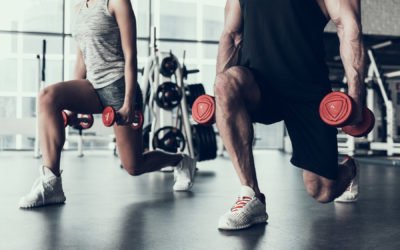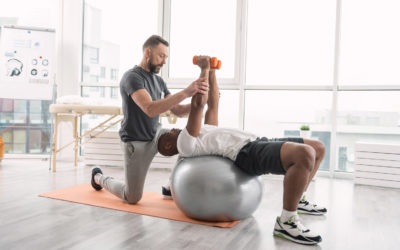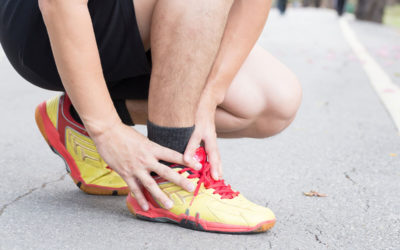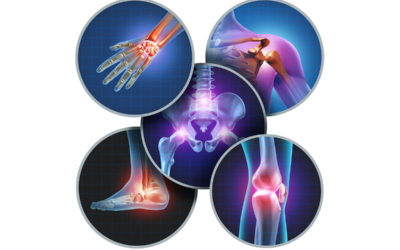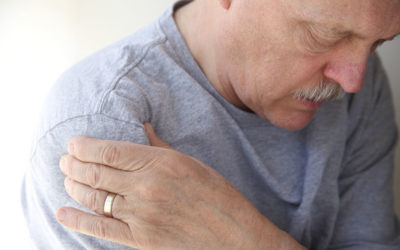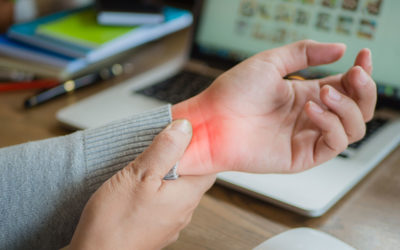Avid Sports Medicine Blog
Understanding Low Back Pain
What is Low Back Pain Every year countless individuals arrive at their physician’s office with complaints of low back pain (LBP). LBP can be described as pain felt in the lumbar spine which lies just below the thoracic spine and directly above the sacrum. What...
Building Strong Foundations in the New Year: Reasons your Fitness Resolutions Should Include a Strength Training Program
Co-authored by: Ameera N. Teal MS, CSCS, EP Running a marathon, going to the gym more often, joining a rec league, and losing weight are common health and fitness goals that top nearly everyone’s list of new year's resolutions. While many people aren’t focusing on...
Understanding the Roles of Sports Medicine Professionals
Co-authored by: Ameera N. Teal MS, CSCS, EP While the physician has a central role in the prevention, examination, diagnosis, and treatment strategies for athletic injuries, they work with a diverse network to navigate patient referrals for the best treatment methods....
Deep Gluteal Syndrome
For clinicians Deep gluteal syndrome is a description for pain in the buttock due to entrapment of the sciatic nerve. In the past, most pain in this area was attributed to piriformis syndrome. However, the sciatic nerve can be entrapped by a number of different...
Extracorporeal Pulse Activation Technology (EPAT) Treatment
What is EPAT? Extracorporeal Pulse Activation Technology (EPAT) or EPAT treatment is an advanced non-invasive procedure that uses acoustic pressure waves for healing musculoskeletal pain. It uses a unique set of acoustic pressure waves to stimulate metabolism, speed...
Sports Injuries After 40
Long gone are the days of hitting your forties, settling down and taking it easy until retirement. As more of us live well into our late seventies and eighties, the prospect of staying physically active for longer is a very real one. In fact, it's not uncommon to see...
Sprain vs. Strain: Symptoms, Causes, and Treatments
What is the difference between a sprain and a strain? While the terms are often used interchangeably, strains and sprains are two different medical conditions. A sprain is an injury to the ligament, a piece of tissue that...
Tendinitis and Tendinosis: Symptoms, Causes, and Treatments
What is the difference between tendinitis and tendinosis? The tendon is a flexible band of tissue that connects muscle to bone. Tendons are remarkably strong and are able to withstand all of the day to day stresses and pressure that we place on them. When a tendon...
Arthritis: Symptoms, Causes, and Treatments
What is arthritis? Technically, arthritis means an inflammation of the joint. But the term arthritis is used very broadly to describe pain or stiffness of a joint. There are multiple types of arthritis: Degenerative Arthritis (Osteoarthritis): The most common type of...
Bursitis: Symptoms, Causes, and Treatments
What is Bursitis? The large joints of the body are protected by a thin piece of tissue that acts as a shock absorber. This tissue is known as the Bursa. Joints naturally produce friction and the bursa helps to protect them from damage. Think of the bursa as a deflated...
Carpal Tunnel Syndrome: Symptoms, Causes, and Treatments
What is carpal tunnel syndrome? The carpal tunnel is a narrow tunnel or passageway in the wrist that holds important structures of the hand. It holds the nerves, blood vessels and tendons that help control and coordinate hand movement. Because the tunnel is a small...
Patellofemoral Pain Syndrome (Runner’s Knee): Symptoms, Causes, and Treatments
What is patellofemoral syndrome? Often referred to as “runner’s knee,” patellofemoral pain syndrome (PFPS) refers to a painful condition that is attributed to the patella (kneecap) and how it behaves in the front of the knee. Although the patella seems relatively...


